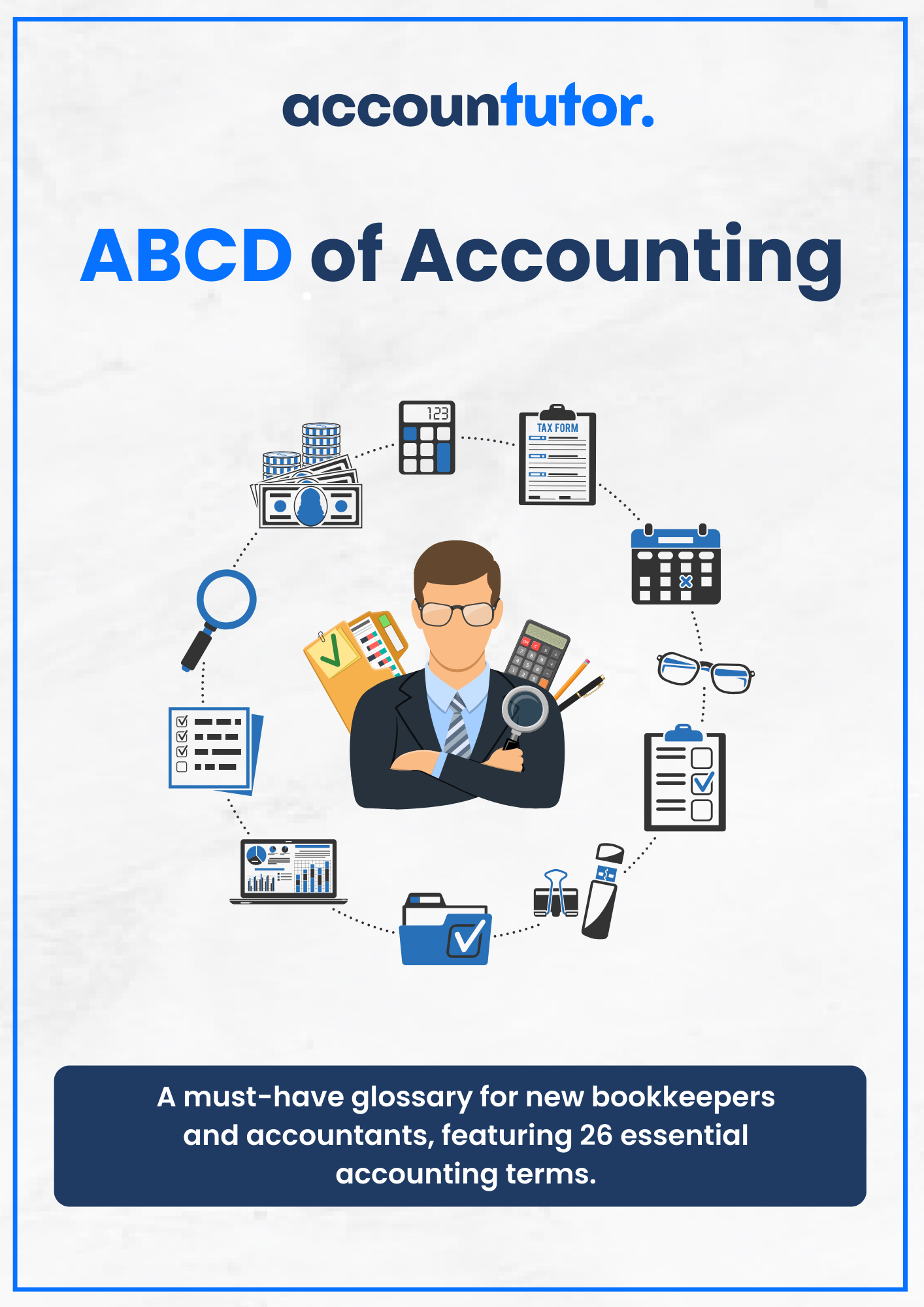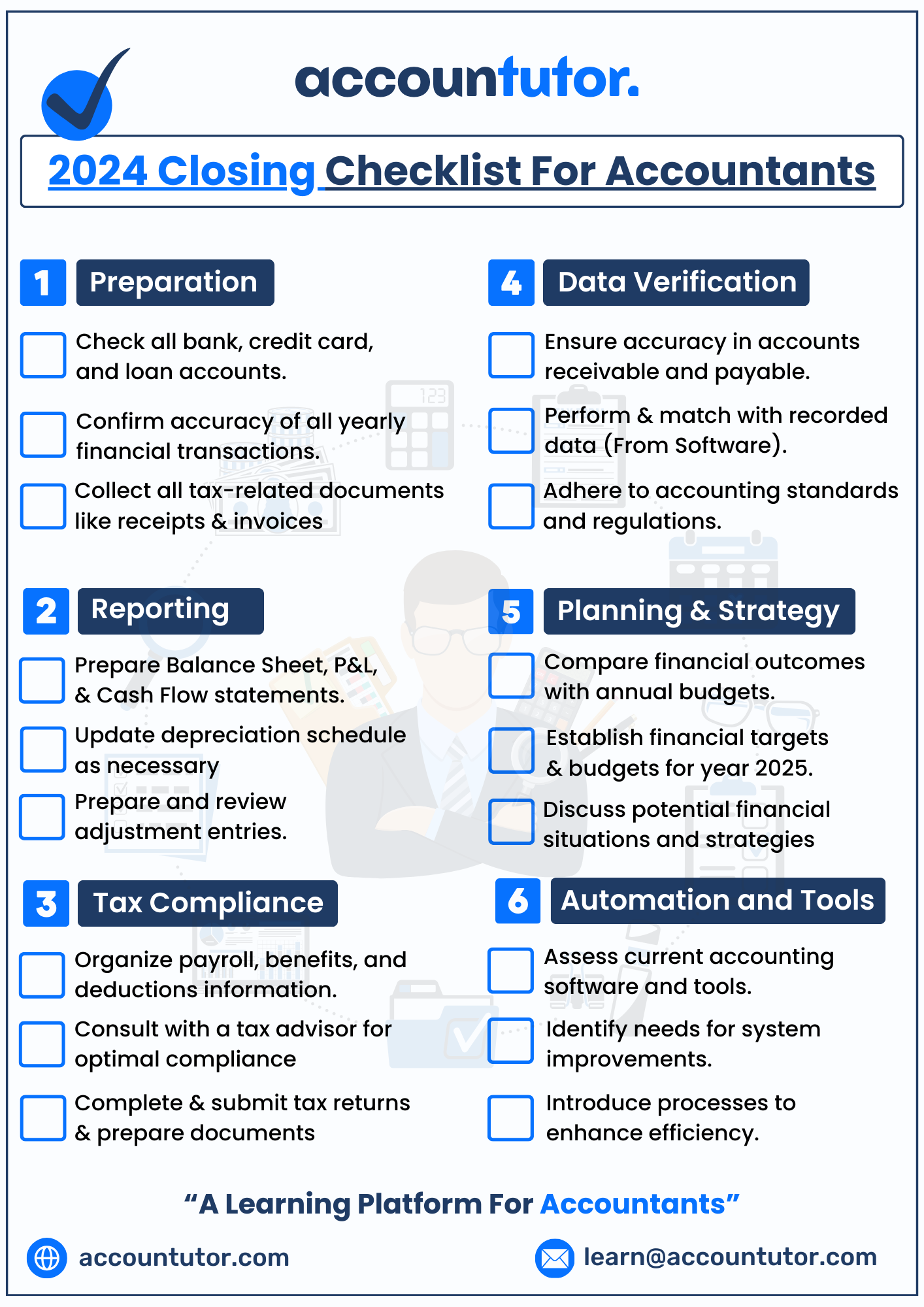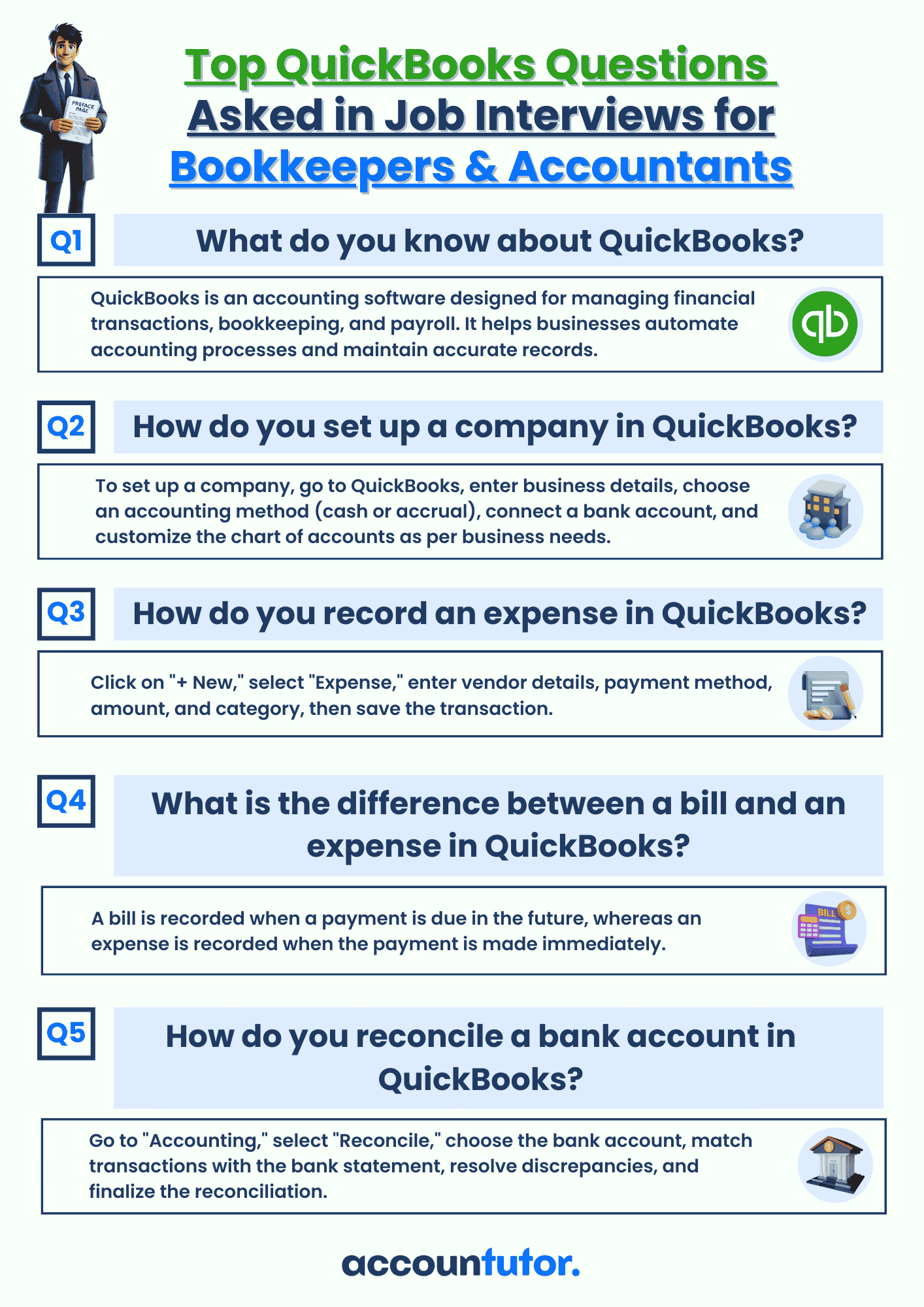The
Accounting Cycle
-
Steps of the Accounting Cycle
-
Why the Accounting Cycle Matters
-
Real-Life Example
The
Accounting Cycle
The accounting cycle is the
step-by-step process that businesses follow to track financial transactions and
prepare financial statements. It starts when a transaction happens and ends
with closing the books for the period.
“The accounting cycle is a systematic process of identifying, recording, classifying, summarizing, and reporting a company’s financial activities.”
Let’s walk through the cycle in a simple and clear way.
“The accounting cycle is a systematic process of identifying, recording, classifying, summarizing, and reporting a company’s financial activities.”
Let’s walk through the cycle in a simple and clear way.
1. Steps of the Accounting Cycle
The accounting cycle includes
several key stages that help ensure a business’s financial records are complete
and accurate. It begins with identifying transactions by gathering
source documents like receipts or invoices. Next, businesses record journal
entries, using debits and credits to capture each transaction. These
entries are then posted to ledger accounts in the General Ledger. Once
that's done, a trial balance is prepared to check if the total debits
equal total credits. Afterward, businesses make adjusting entries for
items such as depreciation, accrued expenses, or unearned revenue. This leads
to creating an adjusted trial balance to confirm that everything still
balances after adjustments. With accurate data in place, the business then prepares
financial statements, including the Income Statement, Balance Sheet, and
Cash Flow Statement. Finally, it’s time to close the books by resetting
temporary accounts like revenue and expenses in preparation for the next
accounting period.
2. Why the Accounting Cycle Matters
Following the accounting cycle
ensures that every transaction is properly documented and no important details
are missed. It creates organized, accurate records that form the basis
of reliable financial reporting.
Without this cycle, businesses would risk making decisions on incomplete or incorrect data, leading to errors in tax filings, missed opportunities, or poor financial management.
Without this cycle, businesses would risk making decisions on incomplete or incorrect data, leading to errors in tax filings, missed opportunities, or poor financial management.
Click here to know about 3 Dates Accountants and Bookkeepers Must Remember
3. Real-Life Example
Imagine your business earns $1,000 in sales, pays $300 in rent, and records a $50 depreciation expense. These transactions are first entered into your journal, then posted to the ledger. A trial balance confirms the accounts are balanced. After adjustments, you prepare your financial reports, showing your net income and updated asset values. Finally, you close out the temporary accounts so you're ready for the next month.
Key Takeaways
✅ The accounting cycle is a complete process—from transaction
to financial reports.
✅ It ensures nothing is missed and that your books stay clean and balanced.
✅ Includes journal entries, posting to ledgers, trial balances, adjustments, and closing.
✅ A proper cycle leads to accurate financial statements.
✅ Following this cycle keeps your business organized, transparent, and tax-ready.
✅ It ensures nothing is missed and that your books stay clean and balanced.
✅ Includes journal entries, posting to ledgers, trial balances, adjustments, and closing.
✅ A proper cycle leads to accurate financial statements.
✅ Following this cycle keeps your business organized, transparent, and tax-ready.
Write your awesome label here.
Access all Accounting and Bookkeeping Courses from One Portal.
Mastering Bookkeeping and Accounting
MBA simplifies accounting, ledger management, account balancing and financial statement preparation.
QuickBooks Online For Bookkeepers
From Beginner to Expert: Master QuickBooks Online. Effortlessly Navigate, Analyze Transactions, and Unlock its Full Potential.
Xero Accounting For Bookkeepers
Learn how to use Xero, the leading online accounting software to perform most of the essential bookkeeping tasks.
ChatGpt for Bookkeepers and Accountants
Learn how to use the ChatGPT prompt toolkit to simplify daily accounting tasks for accountants and bookkeepers instantly.
Subscribe to our newsletter
Stay informed with the latest accounting tips, tools, and updates from Accountutor right in your email inbox.
Thank you!
Policy Pages

Download QuickBooks Online PDF Guide
Thank you!

Download QuickBooks Online Cheat Sheet
Thank you!

Download ABCD of Accounting
Thank you!

Download Checklist 2024
Thank you!
Register For Free!
Thank you!

Download Interview Questions
Thank you!

